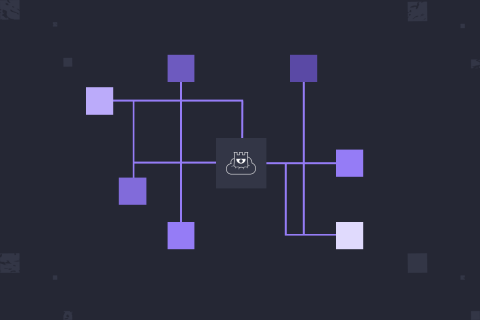Five worthy reads: Cybersecurity mesh-An extension of the Zero Trust Network
Five worthy reads is a regular column on five noteworthy items we’ve discovered while researching trending and timeless topics. This week let’s zoom in on cybersecurity mesh, which brings a twist to the existing security architecture with a distributed approach.










